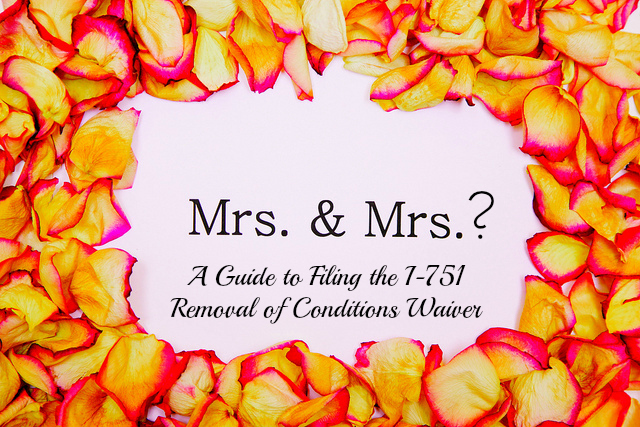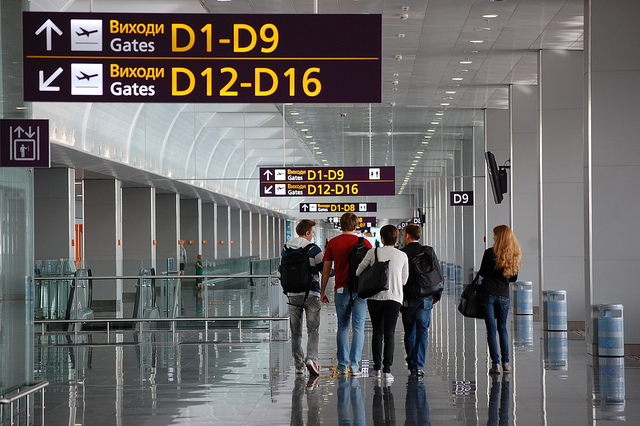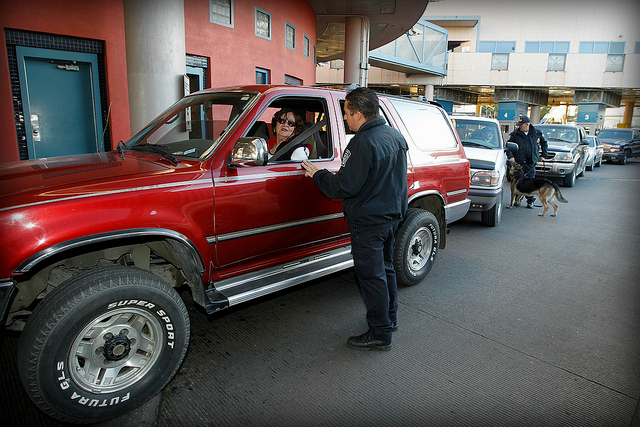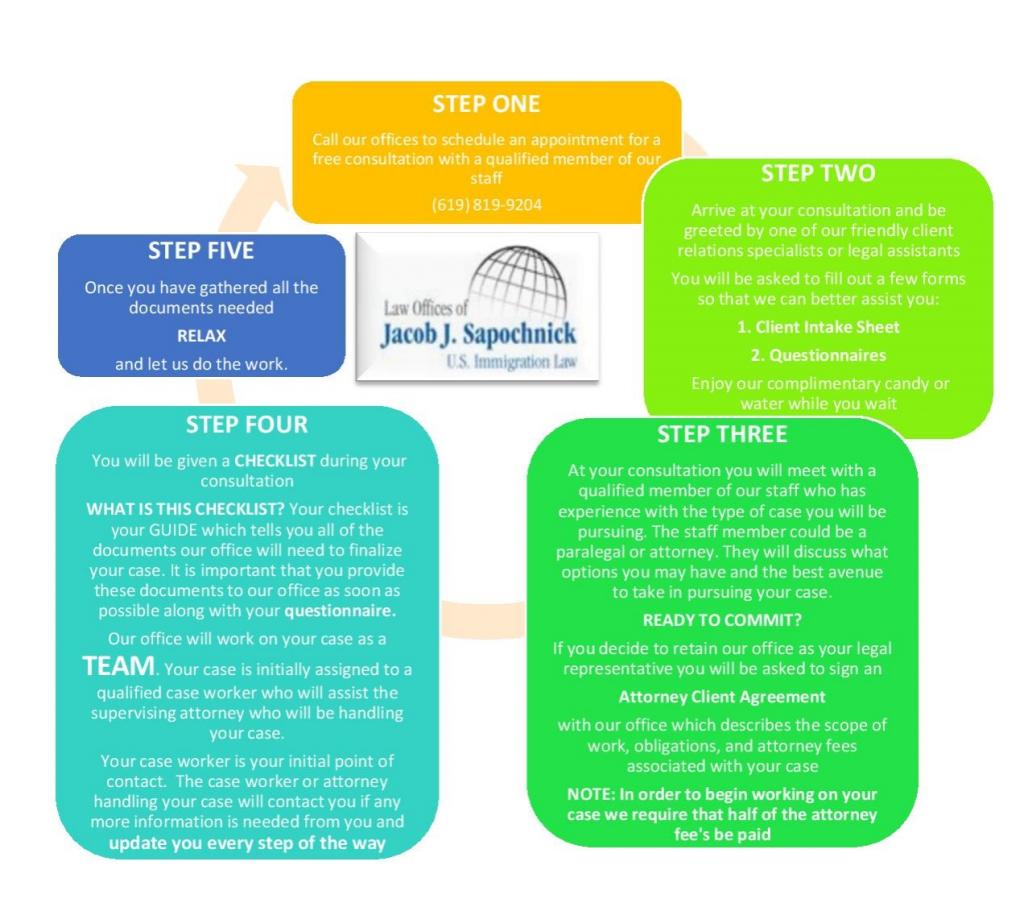What is the purpose of filing an I-751 Petition for Removal of Conditions?
If you were granted conditional residence based on your marriage to a U.S. Citizen or legal permanent resident, you must file the I-751 Petition to Remove Conditions on your Permanent Resident Card. This form allows the conditional resident to request USCIS to remove the conditions on their residence. For conditional residents who are still married, the petition must be filed jointly with your spouse through with you gained your conditional residence.
But what happens when the marriage ends in divorce, annulment, or other factors?
The conditional resident can request for waiver of the joint filing requirement IF any of the following applies:
- You entered the marriage in good faith but your spouse died
- You entered the marriage in good faith, but the marriage was later terminated through divorce or annulment
- You entered the marriage in good faith, but were battered or the victim of ‘extreme cruelty’ by the spouse with whom you gained conditional residence
- Your conditional resident parent entered the marriage in good faith, but you have been battered or the victim of ‘extreme cruelty’ by your parent’s U.S. Citizen or permanent resident spouse or by your conditional resident parent or
- The termination of your conditional resident status and removal would result in extreme hardship
For the purposes of this segment, we will focus on what must be proven when a conditional resident’s marriage ends in divorce or annulment.
 Visa Lawyer Blog
Visa Lawyer Blog











